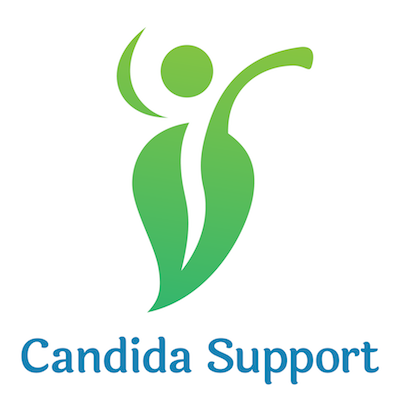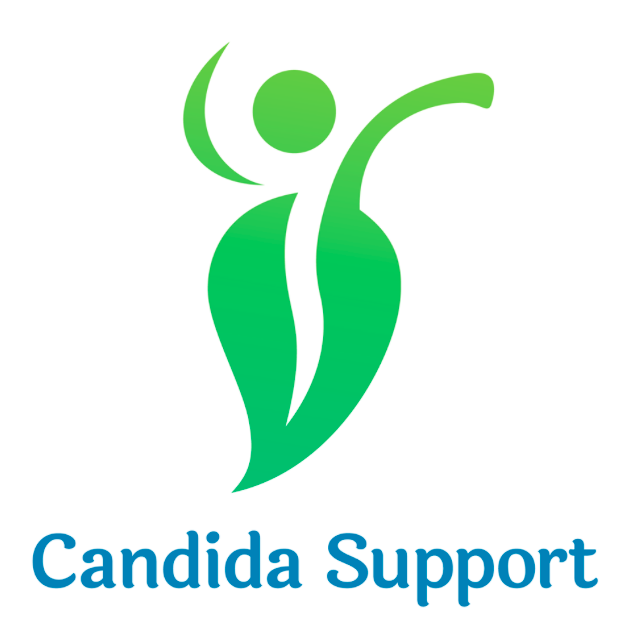Wonder Why Candida Targeted You? Seek Support and Hope Here.
I’ve been known to utter that phrase, “why me?” when I think about my ongoing struggle with fungal Candida yeast overgrowth.
Why do “some people” seem to be able to eat whatever they want —endless baked goods, desserts, and glasses of wine — and not suffer from this condition? And, then there are the folks who experience Candida overgrowth only occasionally, for example, if they have taken a course of antibiotics.
But, then there is me (and maybe you?) I need to eat a healthy, balanced diet (as opposed to the SAD—Standard American Diet of sugary and processed foods), take my maintenance dose of ThreeLac™ or FiveLac™ or SevenLac™ religiously, and do one or two Candizolv™, and do cleanses once a year in order to control my tendency toward too much Candida.
So, why me? Why you? Well, “it’s complicated”.
“It’s complicated” is the reason why the guidelines we offer for Candida treatment and maintenance are just that: guidelines.
You need to find what ultimately works for you.
The good news is that our products — ThreeLac™, Candizolv™, FiveLac™, or SevenLac™— can help you manage Candida overgrowth symptoms no matter what your vulnerability to fungal Candida overgrowth!
Every human being contains the yeast Candida albicans in their microbiome (the colony of bacteria, yeast and fungi that makes up a healthy digestive system). With some of us, however, the Candida yeast morphs into an invasive fungus, which creates all sorts of issues.
Here are the reasons why some people are more vulnerable to Candida overgrowth:
Genetic Predisposition: There may be a genetic component. The initial sequencing of the human genome in 1990 opened the door to all sorts of exciting possibilities, including targeted immunotherapy for cancer treatment, AND the identification of a variant in the FUT2 genotype (this can be tested; ask your doctor) that means you are especially susceptible to an imbalance in your gut and fungal Candida overgrowth.
Environment: Environmental causes of Candida yeast imbalance can include a diet high in sugary and processed foods (especially for people more susceptible to blood sugar issues, see below). Candida can also turn fungal if your body has a “toxic load” (which may come from sources such as mercury amalgam fillings in the teeth, or from breathing, eating, or drinking toxins such as industrial chemicals or lead). The other “environmental” issue can be the use of substances that promote fungal yeast overgrowth, like antibiotics, steroids, and artificial hormones.
Blood Sugar Issues: Are you diabetic or hypoglycemic? Fluctuating blood sugar can be a trigger for Candida overgrowth, especially if your sugar is often “high”. Sadly, candidiasis (systemic fungal Candida) itself can trigger reactive hypoglycemia, a condition in which too much insulin is released and lowers blood sugar, creating—you guessed it—sugar cravings!
For Women Only—Hormones: The natural hormonal fluctuations that go with female adolescence, pregnancy, and perimenopause/menopause may set you up for more issues with Candida overgrowth. So can ongoing Estrogen Dominance. Are you overweight in a voluptuous way? Do you suffer from PMS or severe menstrual cramps? These can be signs of Estrogen Dominance (your doctor can help you determine if that is an issue). Estrogen Dominance can also be created by taking hormonal birth control or hormone replacement therapy (HRT). And Candida LOVES that Big Estrogen!
While it’s true that “it’s complicated,” we CAN offer you simple solutions:
ThreeLac™, Candizolv™, FiveLac™ and SevenLac™!
Download our free Candida Detox Recovery Guide to learn how our products can help you manage Candida.
Yours for Health & Healing,
Your Friends at Candida Support


